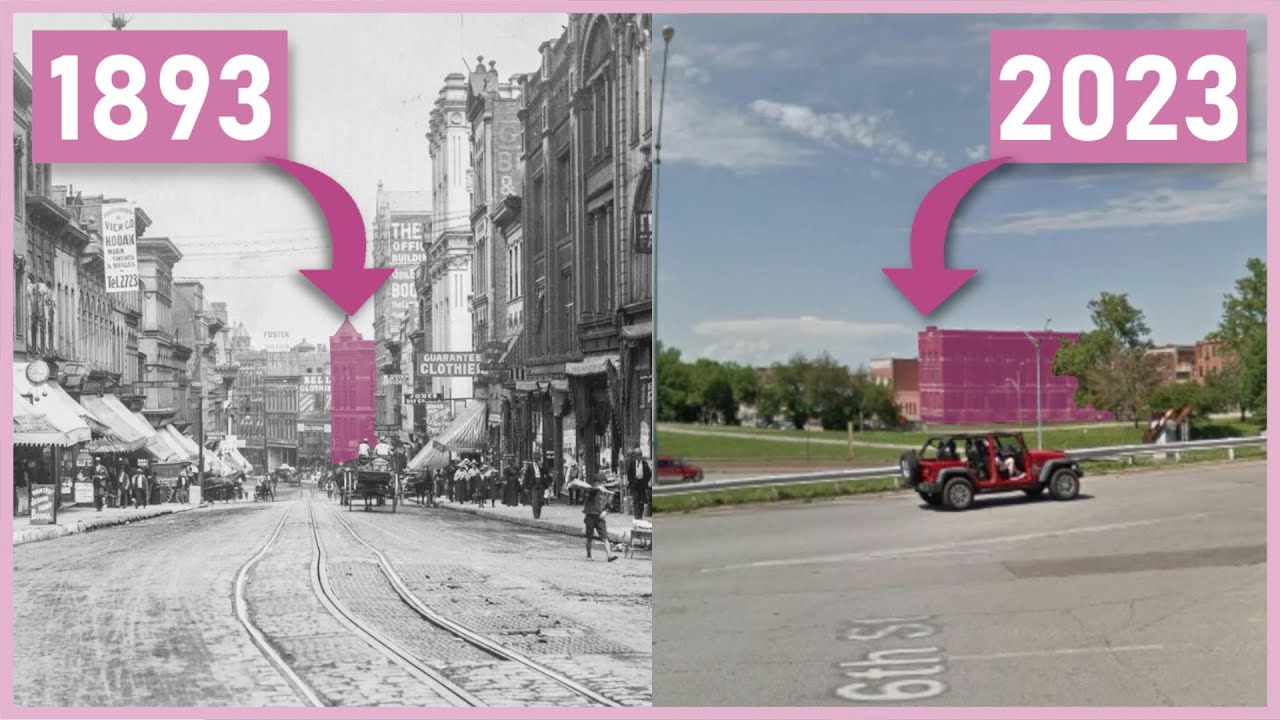The financial unsustainability of traditional, car-centric American suburbs, consisting mainly of single-family units, is a critical aspect of the problem of urban sprawl. The design of these suburbs necessitates constant expansion into undeveloped land. This is because the initial infrastructure costs, such as roads, utilities, and public services, are often subsidized by development fees and future property taxes from new construction. However, as these communities age, the costs of maintaining and replacing this infrastructure can significantly exceed the revenue from property taxes, creating a financial shortfall. This is often referred to as a “growth Ponzi scheme” – new development brings in a temporary influx of revenue, which is used to pay for the cost of existing liabilities, but in the process, incurs even more long-term liabilities.
Moreover, the dispersed, low-density nature of these suburbs compounds the issue, leading to inefficient public service delivery and increased per capita costs. The reliance on private vehicles, due to large distances between residences, workplaces, and essential amenities, also places a heavy financial burden on families, particularly those in lower income brackets. Affordable housing options are limited, contributing to socio-economic segregation. Furthermore, the conversion of natural and agricultural land into residential and commercial areas can lead to losses in ecosystem services, the costs of which are often not accounted for. Thus, from both a municipal and a resident perspective, traditional American suburbs present a financially unsustainable model for urban development.



Its kind of both, the growth pattern is not sustainable in any metric. Focusing only on the now without caring for the future upkeep is very shortsighted development